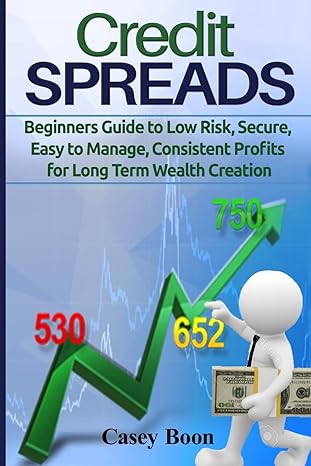Answered step by step
Verified Expert Solution
Question
1 Approved Answer
As we have been learning that a capital market is a market where capital refers to the equipment, machinery, structures, and buildings necessary to produce
As we have been learning that a capital market is a market where capital refers to the equipment, machinery, structures, and buildings necessary to produce goods and services. The demand for capital: Demand for capital is a downward-sloping curve. The price of capital is a rental price. The demand curve shifts when a non-price determinant, such as the interest rate, technology, and expectations, changes. The supply of capital: Supply of capital is an upward-sloping curve.
ACTIVE LEARNING EXERCISE
Please solve these four problems incorporating present value analysis relative to investment decisions in this exercise. Each problem test your knowledge of the use of present value tables and cost versus benefit decision making. (50 points- 13 points for problems 1 & 2 - 12 points for problems 3 & 4 )
1.An airline is deciding whether to purchase an additional airplane. It figures that the airplane will generate additional annual revenues of $150,000 for 10 years. The current cost of the airplane is $2 million. The airplane could be financed with a loan at an interest rate of 5 percent per year. Should the airplane be purchased? (13 points)
Answer:
2.An airline is deciding whether to purchase an additional airplane. It figures that the airplane will generate additional annual revenues of $150,000 for 10 years. The current cost of the airplane is $2 million. The airplane could be financed with a loan at an interest rate of 8 percent per year. Should the airplane be purchased? (13 points)
Answer:
3.A family is deciding whether to send the oldest child to college. The family expects that the college education will mean 1.4 times more income per year than if the child does not go to college. College will cost $100,000 (assume that all costs occur in one year). If the income of someone not going to college is $30,000 per year, how long would it take for the $100,000 investment to be paid back in extra earnings, assuming an interest rate of 5 percent? (12 points)
Answer:
4.A family is deciding whether to send the oldest child to college. The family expects that the college education will mean 1.6 times more income per year than if the child does not go to college. College will cost $100,000 (assume that all costs occur in one year). If the income of someone not going to college is $30,000 per year, how long would it take for the $100,000 investment to be paid back in extra earnings, assuming an interest rate of 5 percent? (12 points)
Answer:
Step by Step Solution
There are 3 Steps involved in it
Step: 1

Get Instant Access to Expert-Tailored Solutions
See step-by-step solutions with expert insights and AI powered tools for academic success
Step: 2

Step: 3

Ace Your Homework with AI
Get the answers you need in no time with our AI-driven, step-by-step assistance
Get Started


